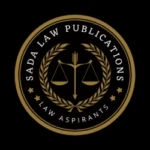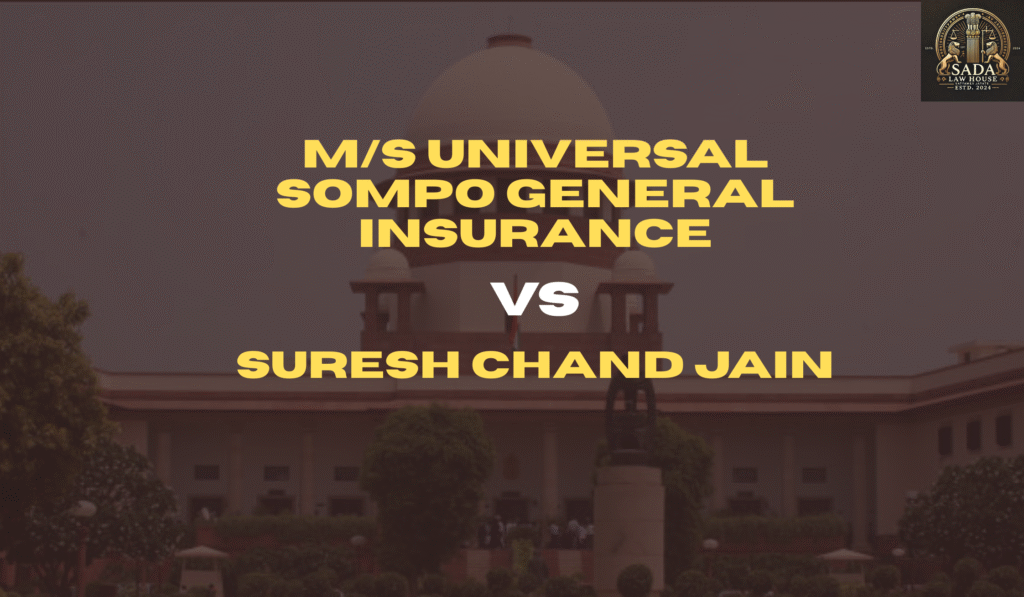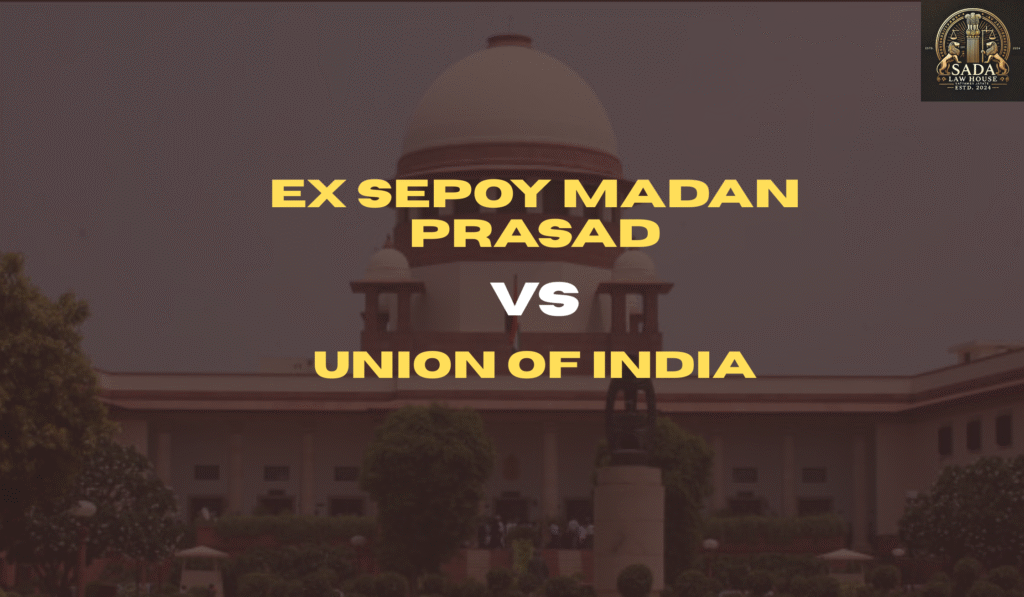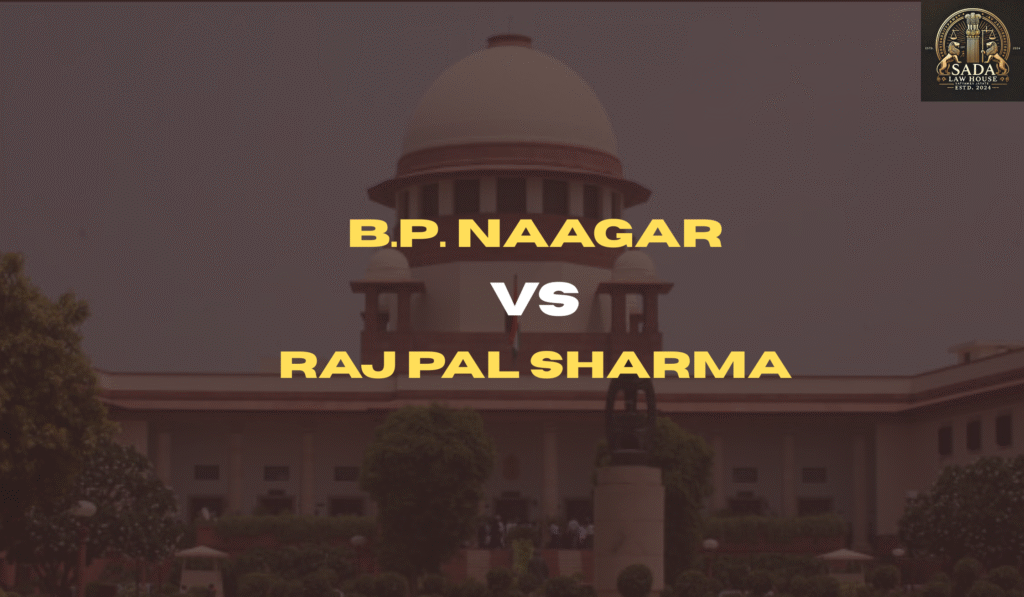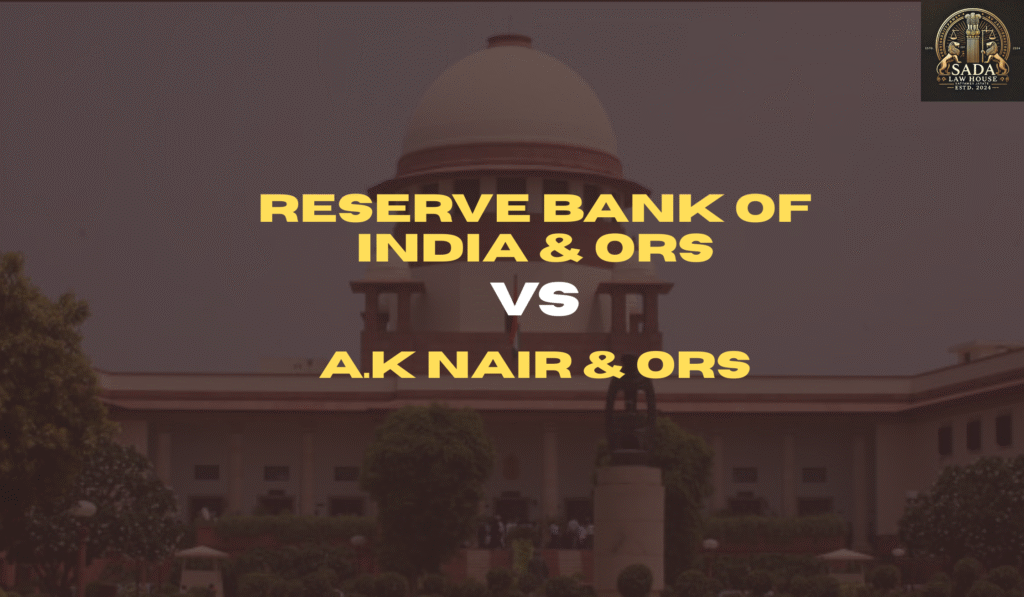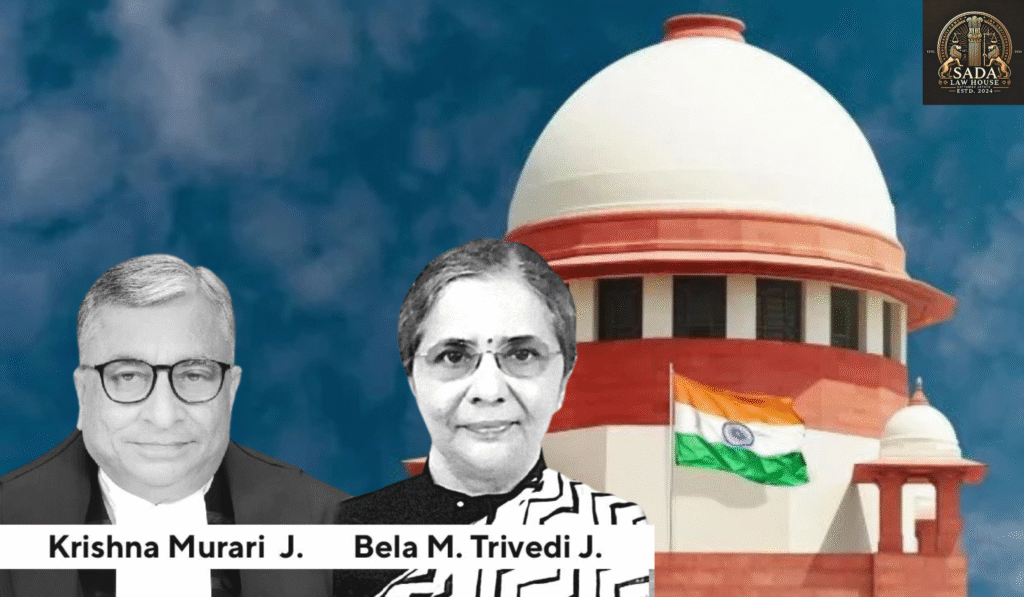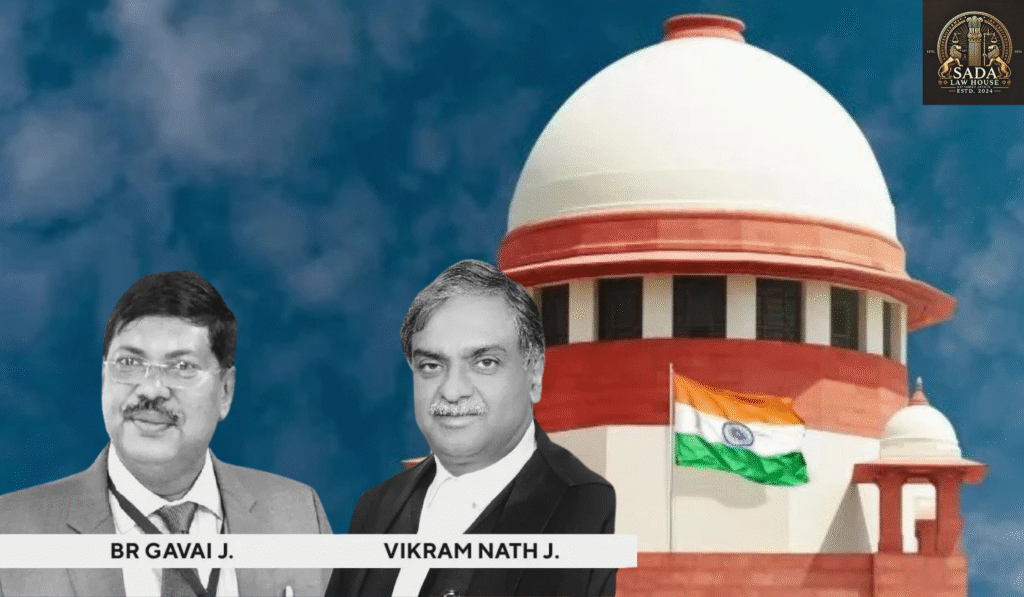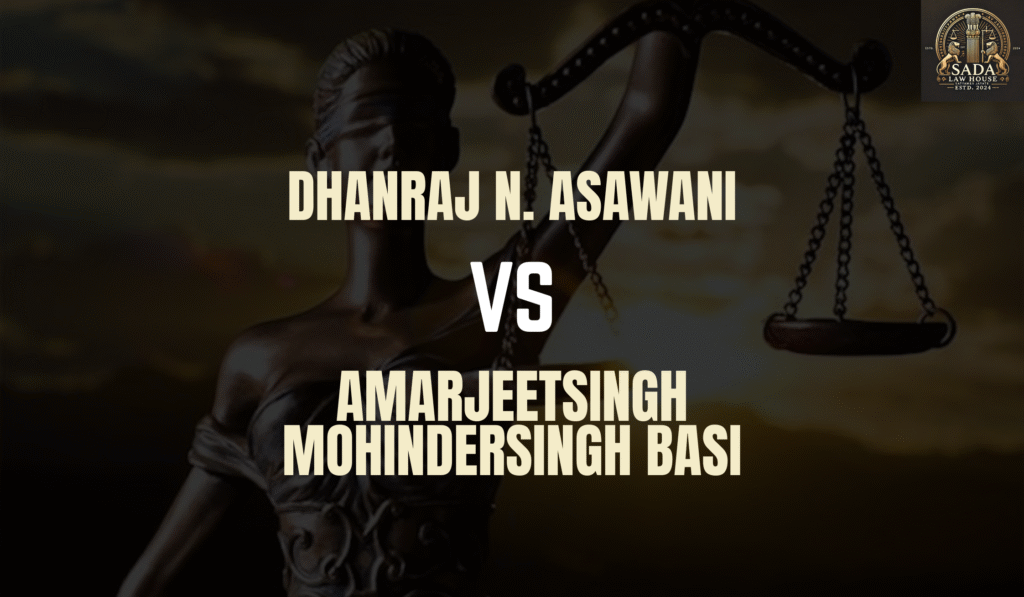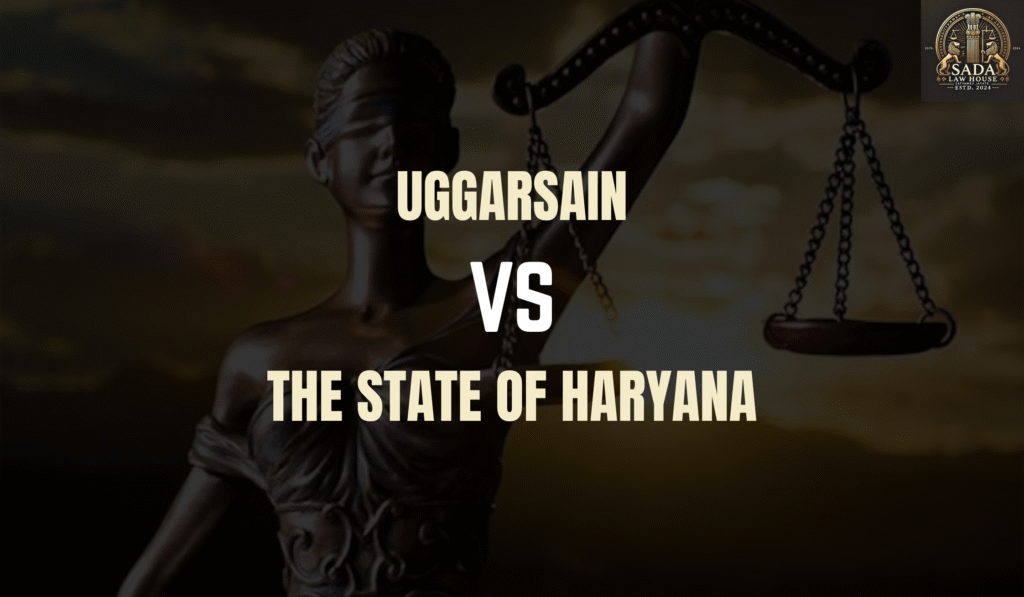The Supreme Court reiterates that there is no direct appeal against NCDRC appellate orders; instead, the High Court has the remedy.
Trending Today The Supreme Court reiterates that there is no direct appeal against NCDRC appellate orders; instead, the High Court has the remedy. Supreme Court Upholds Dismissal of Army Sepoy for Habitual Absence: Discipline Paramount in Armed Forces Supreme Court Sets Aside Delhi HC Order in Property Dispute: Reiterates Proper Court Fee Crucial for Maintainability RESERVE BANK OF INDIA & ORS v. A.K. NAIR & ORS Dheeraj Singh v. Greater Noida Industrial Development Authority & Ors. (2023): Supreme Court Remands Case on Land Acquisition Compensation Iran Arrests Suspected Mossad Spies Amid Rising Regional Tensions EU Refuses to Return Frozen Russian Assets Without War Reparations Indonesia Protests Turn Deadly as Parliament Building Torched in Makassar Bolivia’s Opposition Leader Luis Fernando Camacho Released from Jail — A Political Turning Point U.S. Senator Roger Wicker Pushes Joint Weapons Production with Taiwan, Raising Tensions with China The Supreme Court reiterates that there is no direct appeal against NCDRC appellate orders; instead, the High Court has the remedy. Justice J.B. Pardiwala, Justice Manoj Misra July 26, 2023 Introduction This case revolves around disputes concerning insurance claims for theft and fire at the business premises of Suresh Chand Jain. The insurer, Universal Sompo General Insurance Co. Ltd., denied or closed the claims, leading to litigation before consumer forums. After adverse orders from the State Commission (SCDRC) and the National Commission (NCDRC), the insurer approached the Supreme Court via a Special Leave Petition (SLP) under Article 136 of the Constitution.The Supreme Court had to decide whether such petitions are maintainable or whether the insurer should first approach the jurisdictional High Court under Articles 226/227. Facts of the Case The complainant obtained two insurance policies (Standard Fire and Special Perils, and Burglary Insurance) worth ₹50 lakhs through Allahabad Bank. He informed the bank when he shifted goods to a new office in Bawana, Delhi. Incidents: 29 June 2012: Theft occurred. 18 October 2012: Fire broke out. The insurer: Rejected the theft claim. Closed the fire claim for lack of documents. The complainant approached SCDRC, Delhi demanding ₹49 lakh, compensation of ₹20 lakh, and interest. SCDRC Order (18 March 2016): Granted ₹41.31 lakh with 12% interest. Ordered ₹2 lakh compensation for mental agony. Directed insurer to finalize the fire claim of ₹4 lakh. NCDRC Order (16 January 2023): Dismissed the insurer’s appeal and upheld SCDRC’s ruling. The insurer bypassed the High Court and filed a Special Leave Petition in the Supreme Court. Issues of the Case Whether the petitioner should first approach the High Court under Article 226/227 before coming to the Supreme Court? Whether a Special Leave Petition under Article 136 is maintainable against an NCDRC appellate order? Judgment The Supreme Court dismissed the SLP, holding: 1. Appeal Structure under Consumer Protection Laws 1986 Act, Section 23 and 2019 Act, Section 67 allow appeals to the Supreme Court only from original orders of NCDRC. No further appeal lies to the Supreme Court against NCDRC appellate/revisional orders. 2. High Court as Proper Remedy Where NCDRC exercises appellate jurisdiction, the remedy lies before the High Court under Article 226 (writ jurisdiction) or Article 227 (supervisory jurisdiction). 3. Scope of Article 136 (Special Leave Jurisdiction) Article 136 is an exceptional discretionary remedy, not a substitute for statutory appeals. It applies only in cases of grave injustice or questions of public importance. Since no such exceptional circumstances existed here, the Court refused to entertain the SLP. 4. Deposit Refund As a condition for stay earlier, the insurer had deposited 50% of the claim amount. The Court directed this deposit be returned after verification since the SLP was dismissed. 5. Liberty to Approach High Court The petitioner was allowed to approach the jurisdictional High Court, if so advised. The Court clarified it had expressed no opinion on the merits of the case. Conclusion The Supreme Court reinforced the principle that: It should not act as a routine appellate body against NCDRC’s appellate decisions. Litigants must respect procedural hierarchy and approach High Courts under Articles 226/227. Article 136 is to be used sparingly, for exceptional cases only. This ruling ensures that the Supreme Court remains a constitutional court of last resort, while High Courts handle supervisory review of consumer appellate orders. Leave a Reply Cancel Reply Logged in as Sada Law. Edit your profile. Log out? Required fields are marked * Message* Case Laws The Supreme Court reiterates that there is no direct appeal against NCDRC appellate orders; instead, the High Court has the remedy. Sada Law • August 31, 2025 • Case law • No Comments Supreme Court Upholds Dismissal of Army Sepoy for Habitual Absence: Discipline Paramount in Armed Forces Sada Law • August 31, 2025 • Case law • No Comments Supreme Court Sets Aside Delhi HC Order in Property Dispute: Reiterates Proper Court Fee Crucial for Maintainability Sada Law • August 31, 2025 • Case law • No Comments 1 2 3 … 5 Next »
